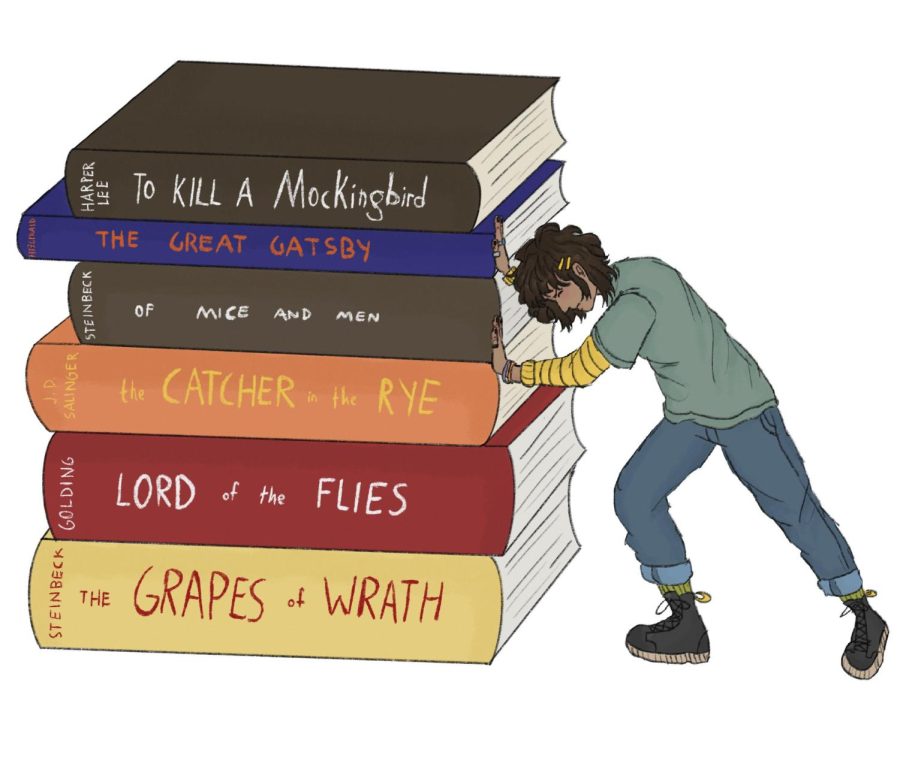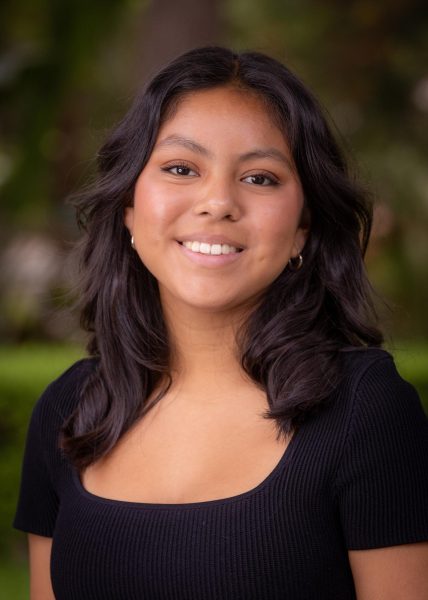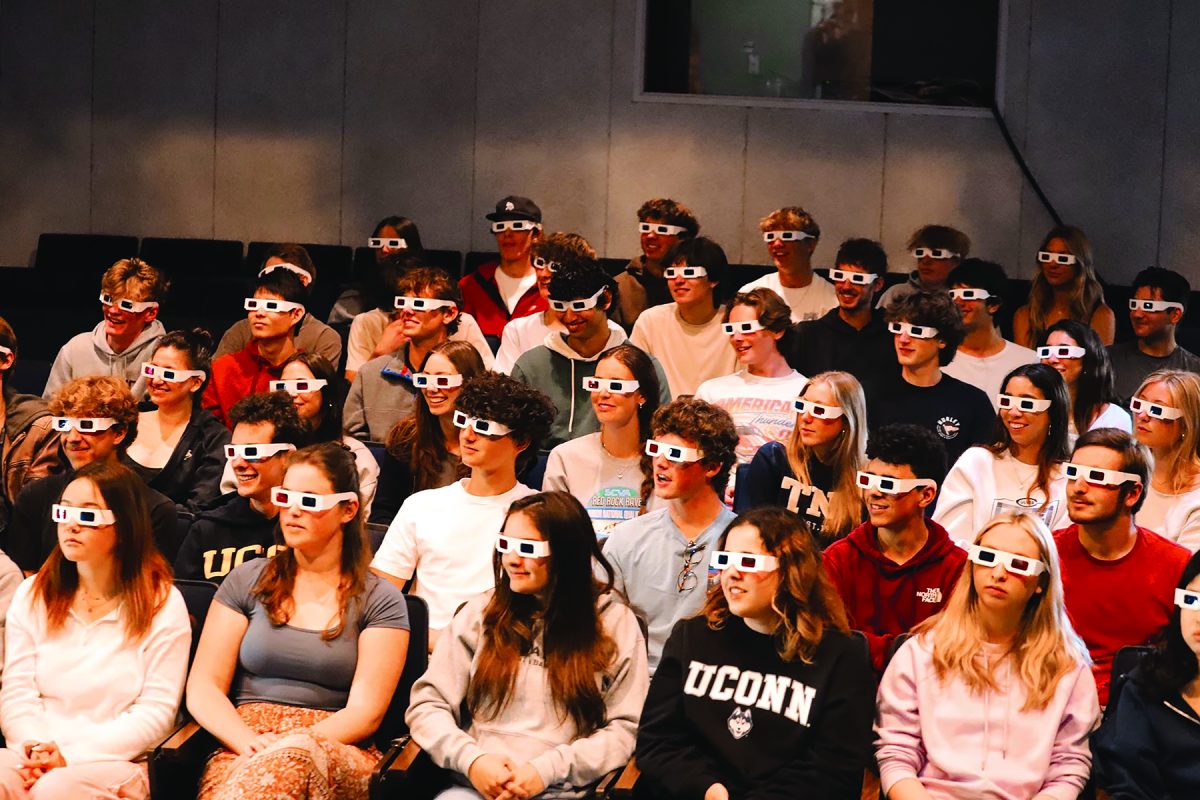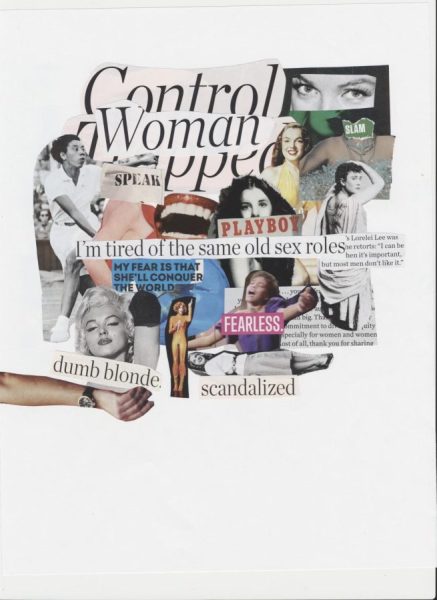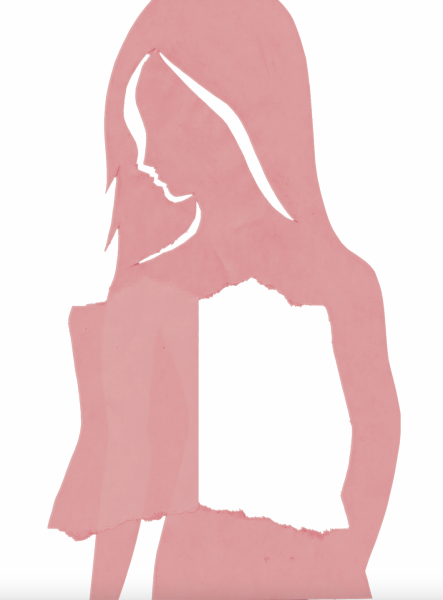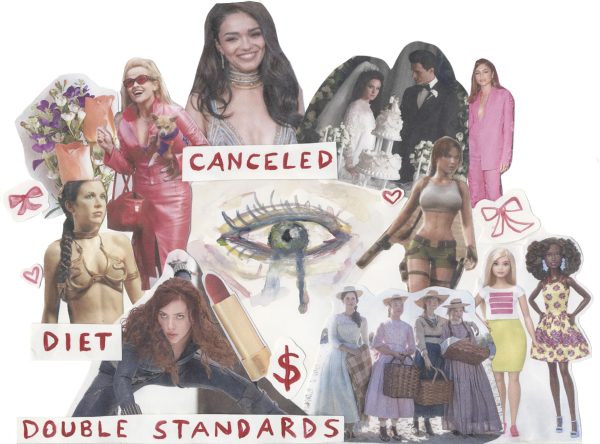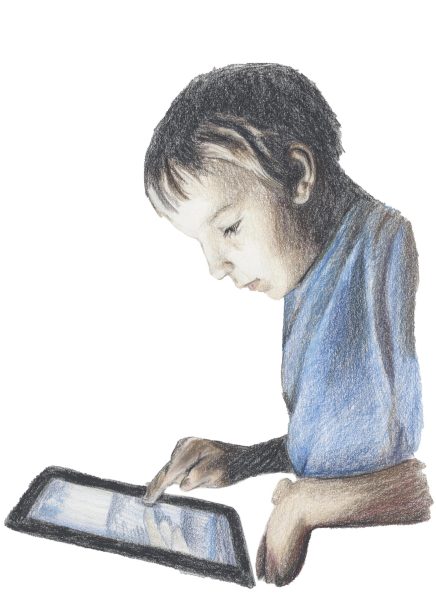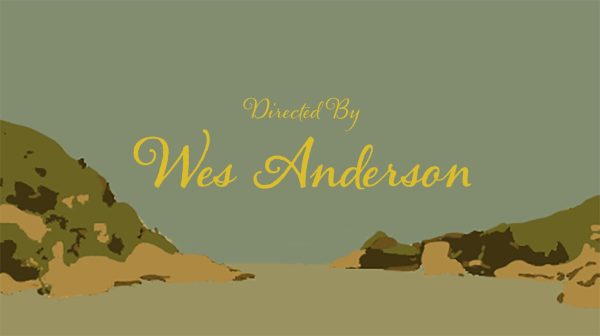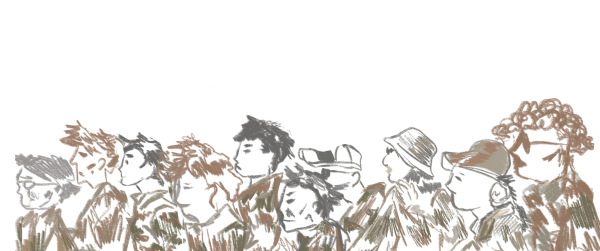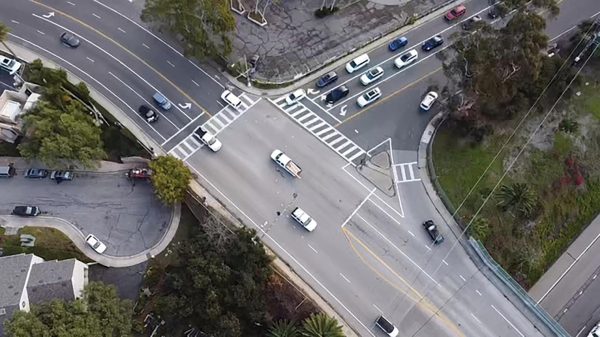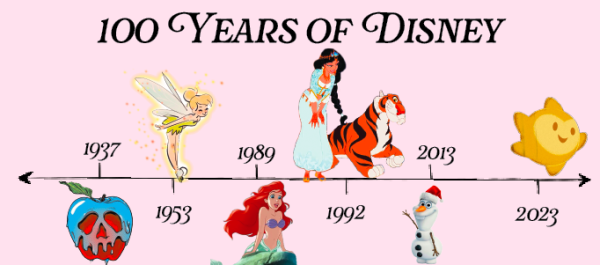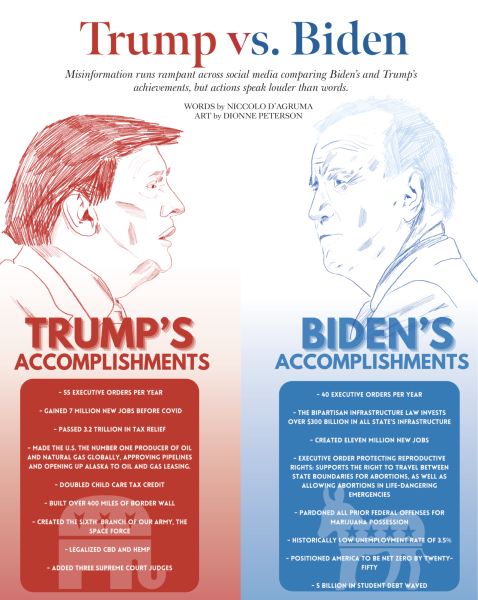Disrupting Literature
Faults have been detected in the traditional English curriculum, and Disrupt Texts with Laguna Blanca have taken initiative to upturn the literary canon.
June 17, 2022
Many schools force students to read books that they either don’t relate to or don’t understand because of the significant time difference. This disinterest leads many to turn to websites like SparkNotes instead of reading the book.
In recent years, these flaws in the traditional English curriculum have been brought to light. Disrupt Texts, a movement by teachers created to challenge the traditional literary canon aims to incorporate books that give students a more diverse look into the world and aims to widen kids’ lenses to include more diverse perspectives.
Teachers at Laguna have taken the initiative to upturn the literary canon. On April 27, they participated in a day-long retreat with Lorena German, the founder of Disrupt Texts, to examine how Laguna can improve its English curriculum.
The Western literary canon comprises of books written throughout centuries that most consider “classics.” The canon consists of books such as “To Kill a Mockingbird,” “The Great Gatsby,” “Of Mice and Men,” and the works of Shakespeare.
These books are common reads for any English class, although there has been a push back to introduce more modern books to the classroom in recent years.
While the classics have read through generations, many feel that what we teach in the classroom should reflect America’s progress regarding racism and sexism.
These books often hold discriminative views that might be harmful to students if not addressed correctly in the classroom. “To a critical thinker, no work of good literature (classical or not) is harmful. Artists should be free to express their imaginative perspectives,” said English teacher Bojana Hill.
Disrupt Texts agrees with her and posted on their website, “We do not believe in censorship and have never supported banning books.”
Books that include racism open up the opportunity to talk about the negative aspects of America’s history. While texts from the canon will always hold a special place in literature, most reflect the White American view of life.
Books like the “Great Gatsby” and “Of Mice and Men” tell the story of the White American dream while denying the reader of a more diverse dream. Others like “To Kill a Mockingbird” have a White male savior trope that holds racist views.
“My lens to the world through fiction was mostly from a white male who lived many years ago in a completely different world than exists today,” said English teacher Victoria Dryden. “While some classics are amazing reads and can teach you lessons, they often teach them from one perspective, which does not mirror today’s world.”
Another downfall to focusing the English curriculum around these books with limiting perspectives adds Dryden, is “cutting out voices and opinions and ways of thinking about things, that really reduces and isolates us.”
By bringing books written in more modern times, students can read from more diverse perspectives. Students are able to understand these books better as well and therefore the lessons that they are teaching resonate more with the reader.
In the coming years, teachers aspire to create a balance between classical books that teach us about our history and more modern books that reflect the diversity of the classroom.



